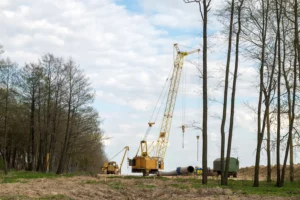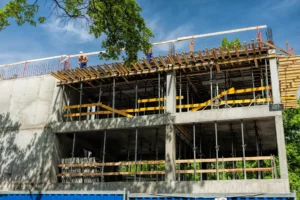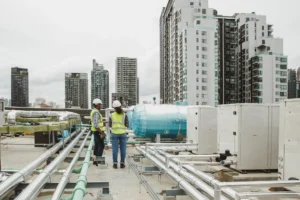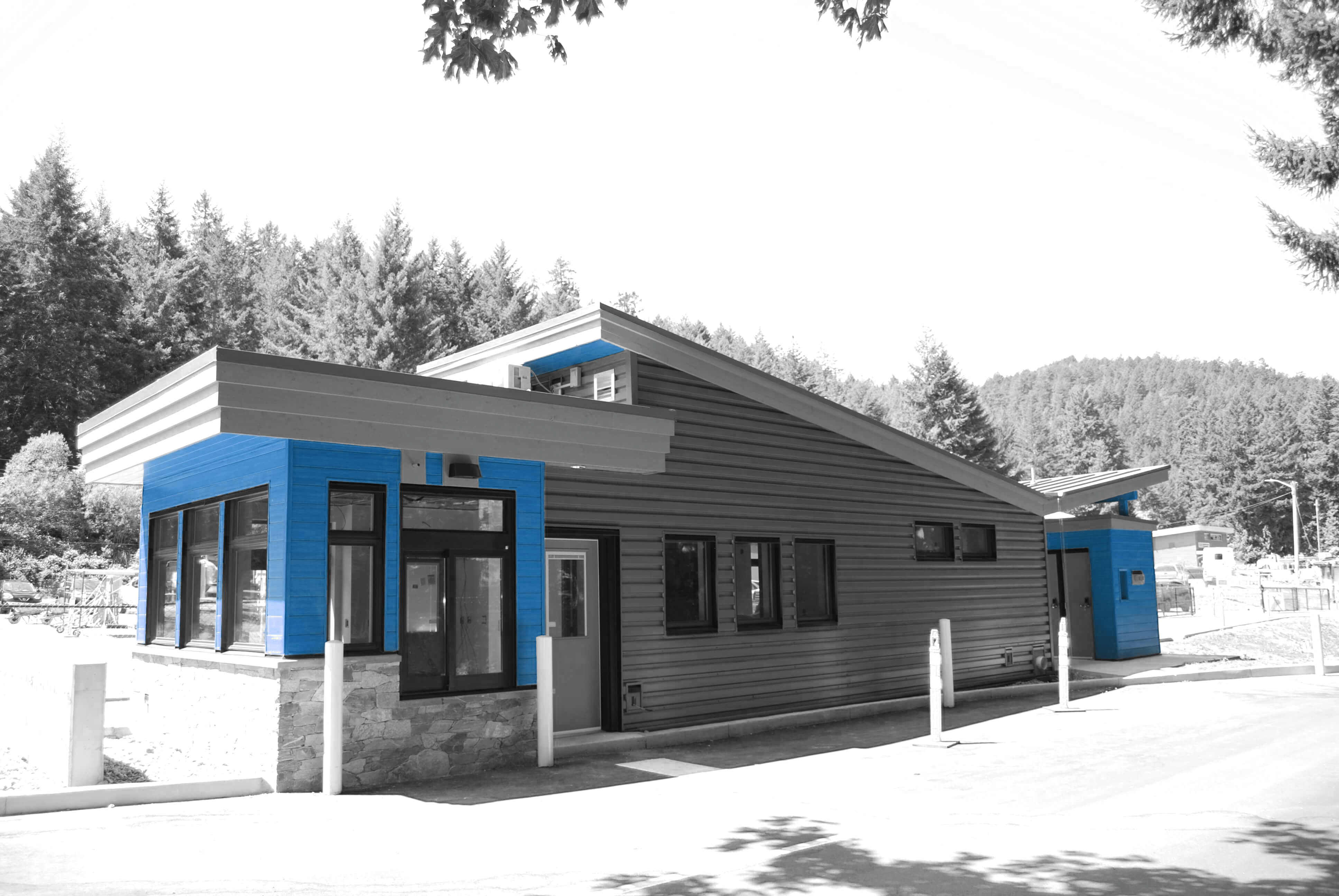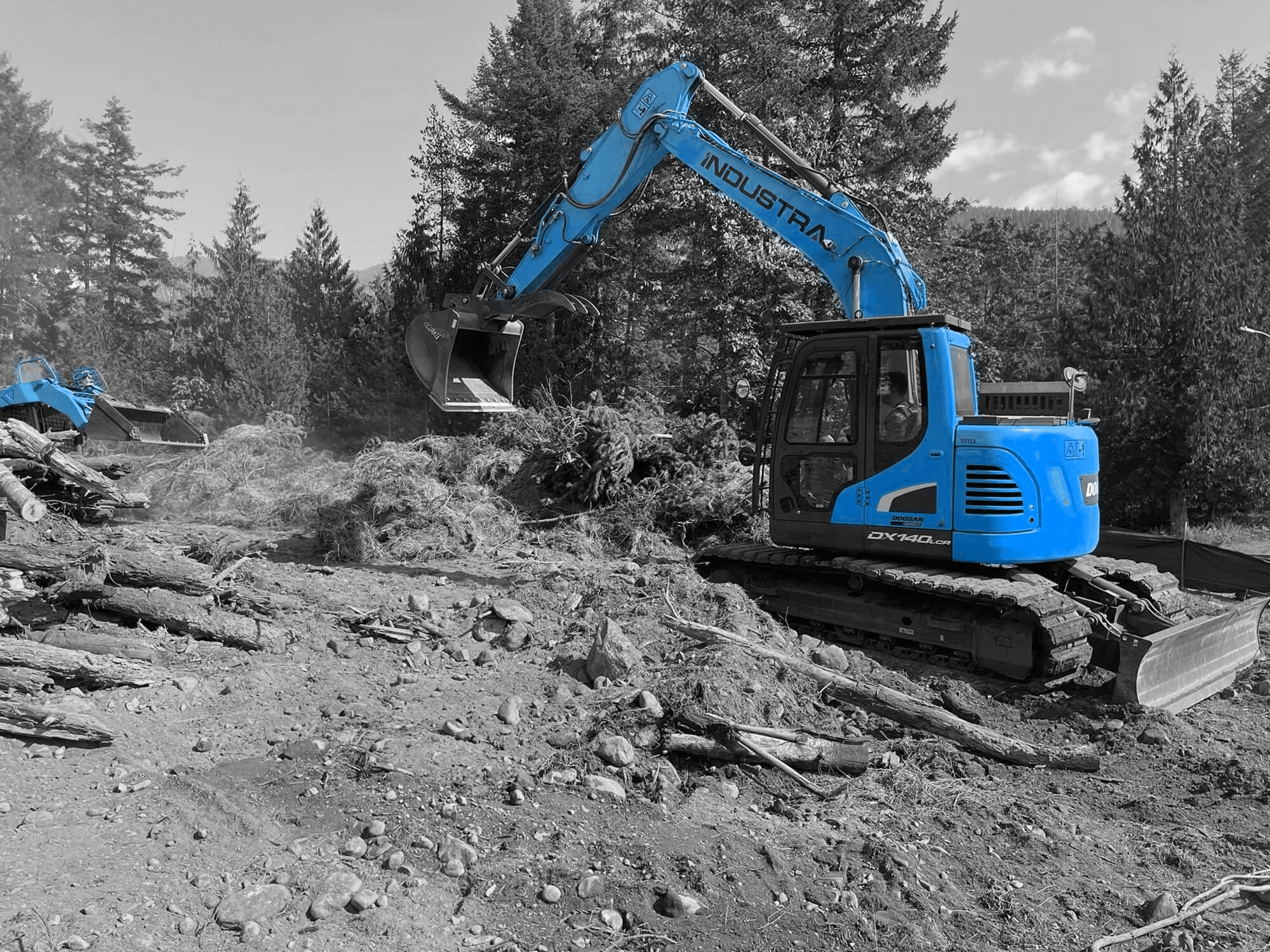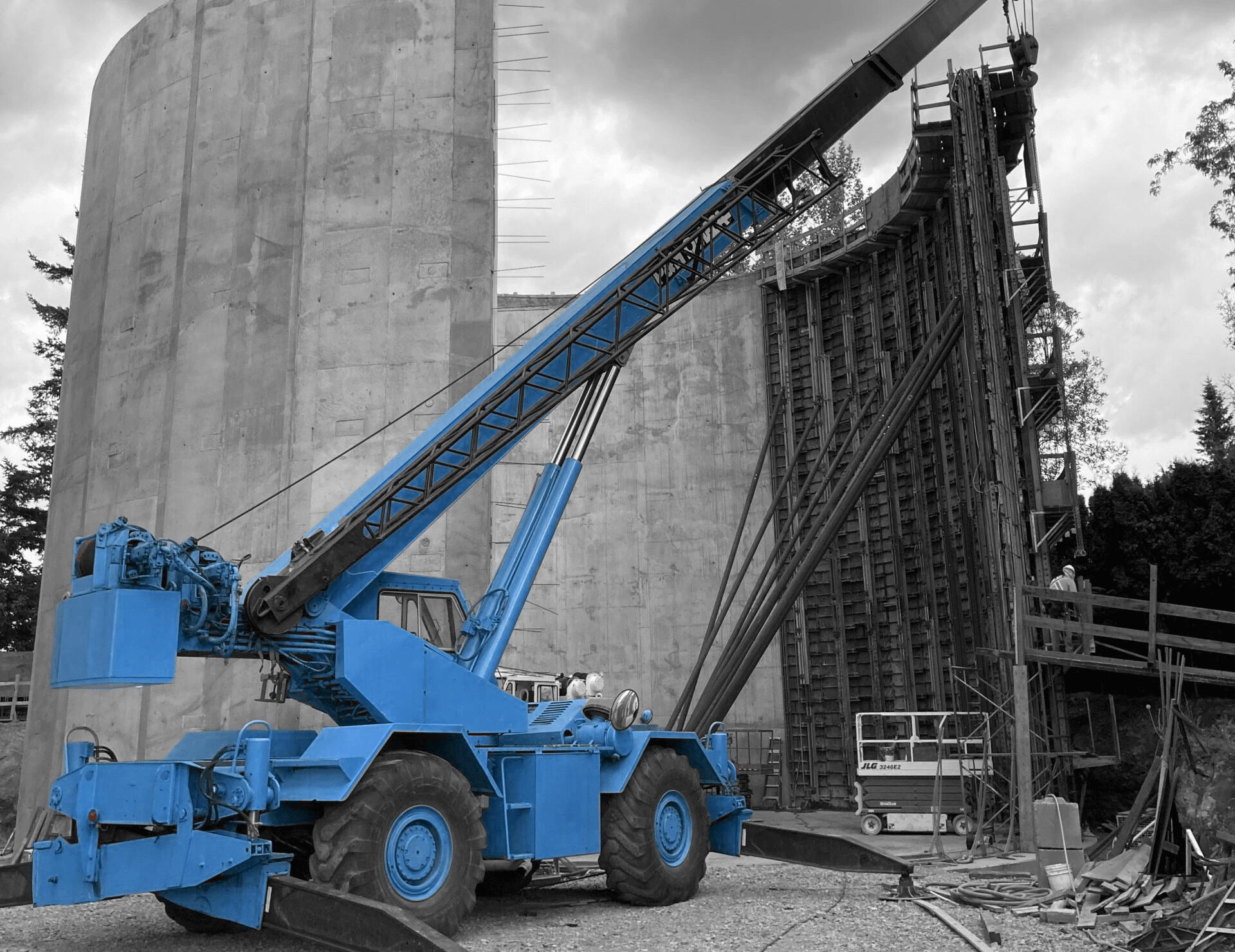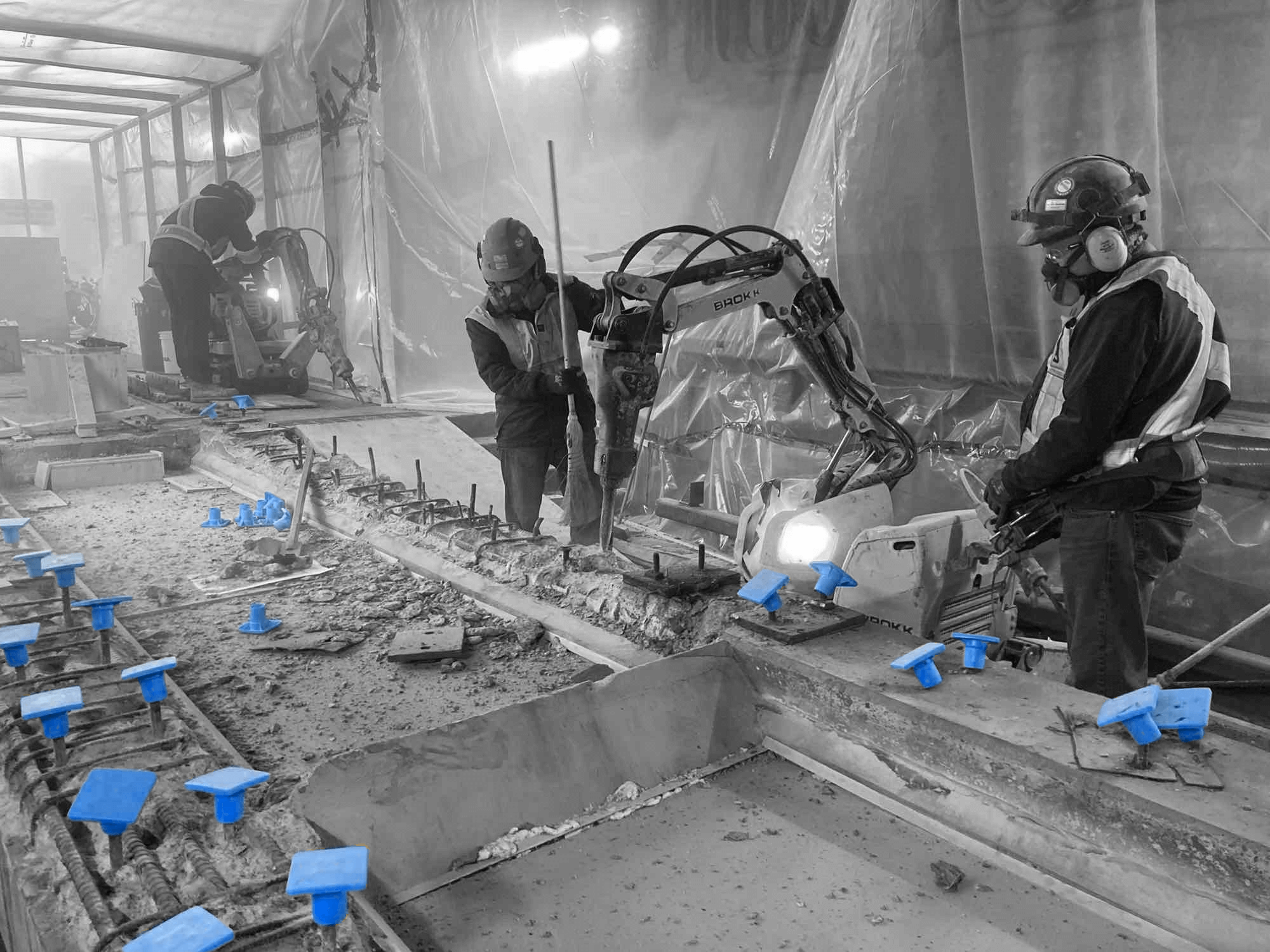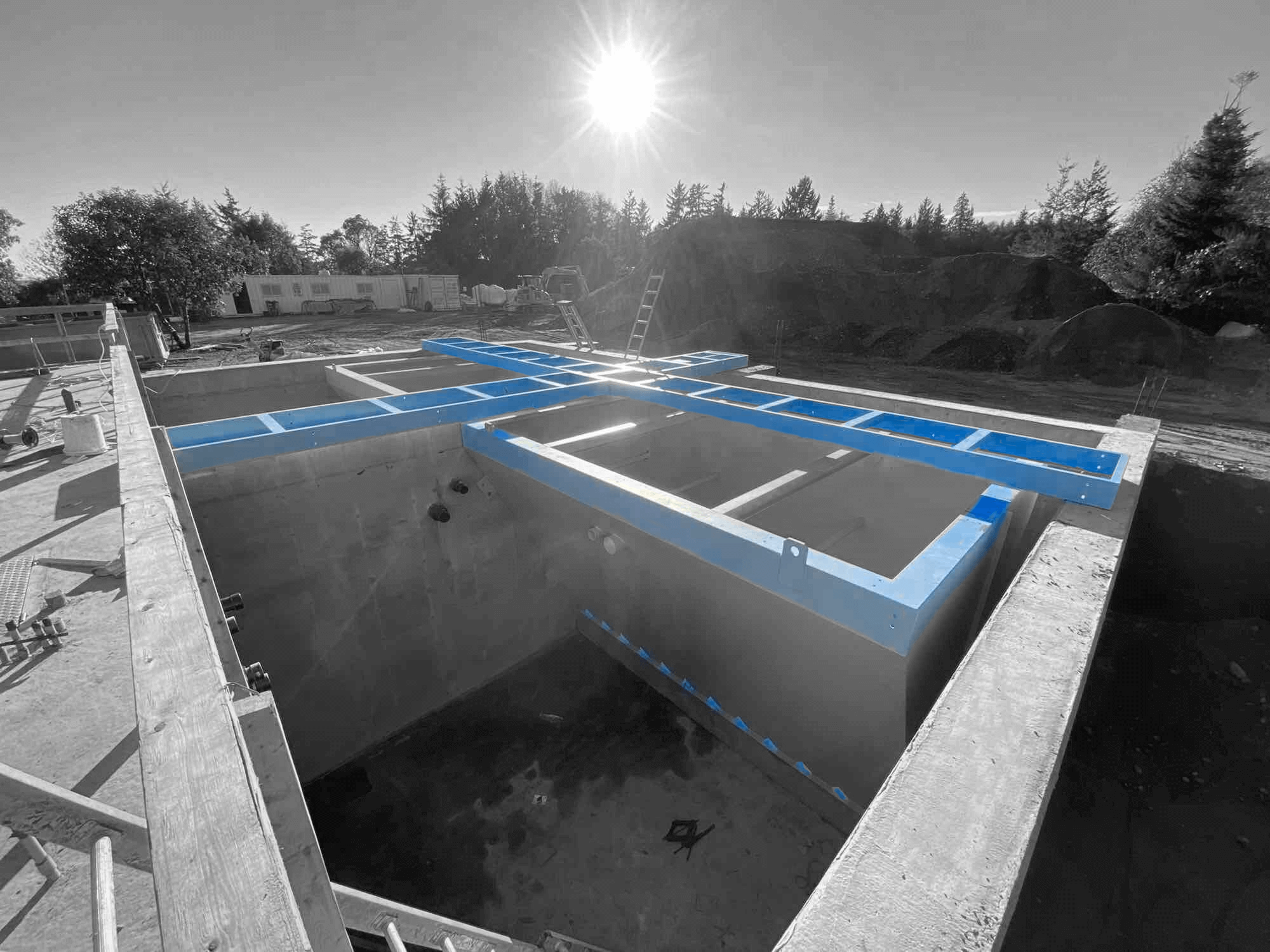Planning civil construction projects in Ontario involves a lot more than just envisioning a building’s final appearance. It’s about organising every aspect to ensure a smooth, efficient process from start to finish. By understanding the nuances of Ontario’s regulations, geography, and market needs, construction projects can be executed with precision and foresight. This kind of thoughtful planning can prevent unnecessary delays and potential issues, while also maximising the use of available resources.
Ontario’s environment presents unique challenges and opportunities for civil construction. With its diverse climate and varied landscapes, projects must adapt to changing conditions and regulatory frameworks. Effective planning means not only managing these elements deftly but also anticipating how they might evolve. This proactive approach helps build projects that stand the test of time, meeting both contemporary needs and future demands. The key lies in understanding the interplay of all these factors and ensuring each component works harmoniously with the others.
Understanding Ontario’s Regulatory Requirements
Navigating the regulatory maze in Ontario is no small feat in civil construction. It starts with a comprehensive understanding of the local regulations and permits essential for any project. These rules are designed to ensure safety, sustainability, and environmental protection. To get started, you need to know the specific zoning laws and building codes in your area. Each municipality may have its own set of rules, so it’s worth double-checking these at the outset.
1. Secure all necessary permits. This typically includes:
– Building permits for the overall structure.
– Environmental permits, especially if working near sensitive areas.
– Any specific municipal approvals related to utilities or road access.
2. Develop a compliance timeline. This should outline all major deadlines for applying for and receiving these permits, ensuring nothing falls through the cracks.
Staying updated on regulatory changes is just as important. Regulations can shift, often in response to environmental needs or safety considerations. Keeping abreast of these changes can be done through regular consultations with local authorities or joining industry groups that provide updates and advice. This proactive strategy not only aids compliance but can also offer advantages by integrating new standards before they become mandatory.
Site Assessment and Preparation
Before sticking a shovel in the ground, a thorough site assessment is a must. This critical step lays the groundwork, literally, for the entire project. It involves evaluating the land to identify potential challenges such as soil quality, water drainage, and existing structures or materials that need to be removed. A comprehensive assessment helps pinpoint any issues that could cause delays or increase costs if not addressed early.
Preparation begins with a detailed site survey, which includes:
– Testing the soil’s suitability for construction.
– Evaluating the water table and drainage patterns.
– Identifying the presence of existing underground utilities.
Following the assessment, preparing the site includes removing any obstacles and making necessary adjustments based on your findings. For instance, if the soil is too soft, you might need to reinforce it before building. Similarly, if the site is prone to waterlogging, implementing drainage solutions is crucial. Addressing these challenges upfront saves time and money down the road, ensuring a stable foundation for your project.
Resource Management and Scheduling
A well-organised resource management plan can make a big difference in how smoothly a civil construction project unfolds. It involves carefully allocating both human and material resources to match project demands. This means making sure you have the right number of professionals on-site, from engineers to skilled labourers, and ensuring that building materials are available when they’re needed. Mismanagement at this stage can lead to costly downtime, so it’s critical to match the skill set of your team with the required tasks.
Creating a project schedule that is both realistic and flexible is equally important. While it’s ideal to stick to a timeline, construction projects often face unforeseen obstacles such as weather changes or supply chain disruptions. To stay on track, break the project down into manageable phases with clear milestones and deadlines. Keep communication open among team members, which ensures everyone is on the same page and adjustments can be made swiftly if needed.
Handling unexpected delays efficiently is part of staying nimble. Strategies include having contingency plans, such as sourcing alternative suppliers or reallocating the workforce to other parts of the project if one section is held up. Anticipating potential hiccups and preparing to pivot keeps progress steady and meets the demands of the project timeline.
Sustainable Practices in Civil Construction
Incorporating sustainable practices is becoming standard in Ontario’s civil construction projects. These efforts not only benefit the environment but can also lead to cost savings over time. One approach is to use eco-friendly materials. For instance, recycled steel or sustainably sourced wood helps reduce the carbon footprint of a construction project. Additionally, energy-efficient designs in buildings can lower operational costs, making them appealing for both builders and end-users.
Apart from materials, energy usage during construction is another area ripe for improvement. Utilizing machinery that operates more efficiently or running heavy equipment during off-peak energy hours can significantly cut down on energy consumption. Moreover, taking steps like the reuse of water onsite for various tasks can conserve this vital resource.
Sustainable construction provides long-term advantages such as reduced environmental impact and operational costs. Embracing green construction techniques can also lead to healthier buildings, providing better air quality and comfort for occupants. This mindset fosters a forward-thinking approach, ensuring projects are not only successful today but are responsible and beneficial well into the future.
Building a Strong Foundation for Your Next Project
In Ontario, effective planning in civil construction sets the groundwork for success. By staying ahead of regulatory requirements, preparing sites rigorously, and managing resources wisely, projects can move smoothly from concept to completion. As infrastructure continues to evolve, sustainable practices remain at the heart of responsible development, ensuring that we’re not compromising future needs for present gains.
Thorough planning and expert guidance are key to navigating the construction process successfully. By taking into account the unique challenges of Ontario and employing strategies that accommodate its diverse environment, each project becomes an opportunity for innovation and growth. With the right approach, building for today is naturally aligned with envisioning a better tomorrow.
If you are looking to bring stronger planning and sustainability to your next project, partnering in civil construction with Industra Construction Corp. can help you build with confidence. Our experienced team is ready to support your vision and ensure your project is built to thrive in Ontario’s unique environment.




